I was trying to draw pixel perfect bitmaps using quads in OpenGL... and to my surprise, a very important row of pixels was missing: (green is ok, red is bad)
The sizes of the quads were 30x30 px, with the red 2x2 in the top left corner.
- Can someone explain what is happening?
- How does OpenGL decide where to put pixels?
- Which correction should I choose?
The texture uses GL_NEAREST.
glTexEnvi(GL_TEXTURE_ENV, GL_TEXTURE_ENV_MODE, GL_REPLACE);
I don't use glViewport and glOrtho. Instead, I send the screen dimensions through uniforms to the shaders:
uniform float cw;
uniform float ch;
...
gl_Position = vec4( -1.0f + 2.0f*(in_pos.x + in_offset.x)/cw,
1.0f - 2.0f*(in_pos.y + in_offset.y)/ch,
0.0f, 1.0f);
But that doesn't seem to be the source of the problem because when I add (0.5,0.5) in the shader (equivalent to the 3rd case), the problem goes away...
Ok, now I realize that the third option doesn't work either:

